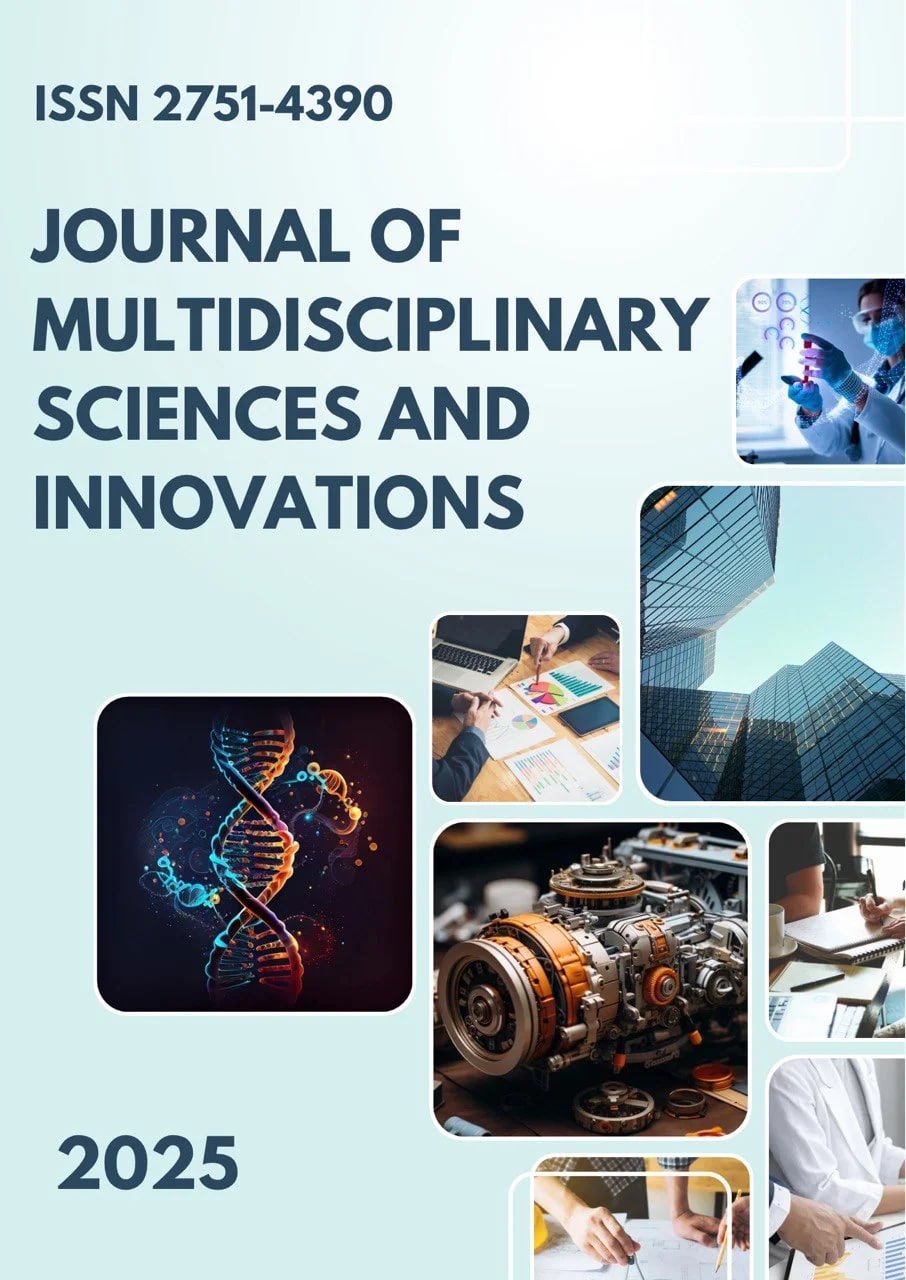COCOGNITIVE NATURE OF PARADOX: ALIGOLOGICAL (ILLUSIVE) LANGUAGE UNITS AND CONTRADICTION, PRESUMPTION, PRESUPPOSITION AND IMPLICATION
Main Article Content
Abstract
This article provides information about the concepts of cognitive paradigm and paradox. The cognitive paradigm points to important structural elements of a person's internal structure, the role of language, and cognitive processes in understanding paradoxes. The text also defines cognitive dissonance, associative processes, and the two-way associative nature of the paradox. Information about understanding paradox and its cognitive structure is also provided. The similarities and differences between metaphor and paradox were pointed out. This text introduces important concepts of the cognitive paradigm, integrating them with cognitive linguistics and philological hermeneutics.
Downloads
Article Details
Section

This work is licensed under a Creative Commons Attribution 4.0 International License.
Authors retain the copyright of their manuscripts, and all Open Access articles are disseminated under the terms of the Creative Commons Attribution License 4.0 (CC-BY), which licenses unrestricted use, distribution, and reproduction in any medium, provided that the original work is appropriately cited. The use of general descriptive names, trade names, trademarks, and so forth in this publication, even if not specifically identified, does not imply that these names are not protected by the relevant laws and regulations.
How to Cite
References
1. Philosophical Encyclopedic Dictionary. Moscow, 1983.-447p.
2. Lacey A.R. A Dictionary of Philosophy-3rdedn, Department of Philosophy, King’s College, University of London, 1996.- P.386 .
3. Abdurakhmonov H. Mahmudov N. Aesthetics of the Word. – Tashkent.: Fan, 1981.-P.38-37
4. Ziyovuddinova Sh. Poetics in the work of Abu Abdullah al-Khorezmiy “Mafatih al-Ulum”. – Tashkent.: TDSHI, 2001.-P.57
5. Yuldashev M. Isakov Z. Khaydarov Sh. Linguistic analysis of the literary text. – Tashkent.: A. Navoi National Library of Uzbekistan Publishing House, 2010.- P.111
6. Yuldashev I. Mukhammedova S. Kholmonova Z. Majidova R. Sultonova Sh. // Textbook // Introduction to Linguistics (Introduction to Linguistics) – T.: “Barkamol fayz media”, 2018. – P.328
7. Khamidova.S.B. Lexical problems in paradox translations//FARS International Journal of Education, Social Science and Humanities – Finland, 2022. Volume-10. Issue-12. https://doi.org/10.5281/zenodo.7477902
8. Khamidova S.B. Linguistic features of paradoxes //Research And Education, ISSN: 2181-3191 Volume 2 | Issue 4 | 2023 Scientific Journal Impact Factor 2023: 5.789 http://sjifactor.com/passport.phpid=22258.560–566.
9. Khamidova S.B. Problems of Paradox Translation //Mental Enlightenment Scientific-Methodological Journal – Jizzakh, 2022. - No. 4. – P. 488-498 (Impact Factor (2022):6.704).
10.Khamidova S.B. Lexical, semantic and typological aspects of the translation //Mental Enlightenment Scientific-Methodological Journal – Jizzakh, 2022. - No. 3. – P. 119-132 (Impact Factor (2022):6.704).
11.Khamidova C.B. Progressive etymological features of the paradox// Bulletin of the Khorezm Mamun Academy – Khiva, 2021.- No. 8. –P.311-316

